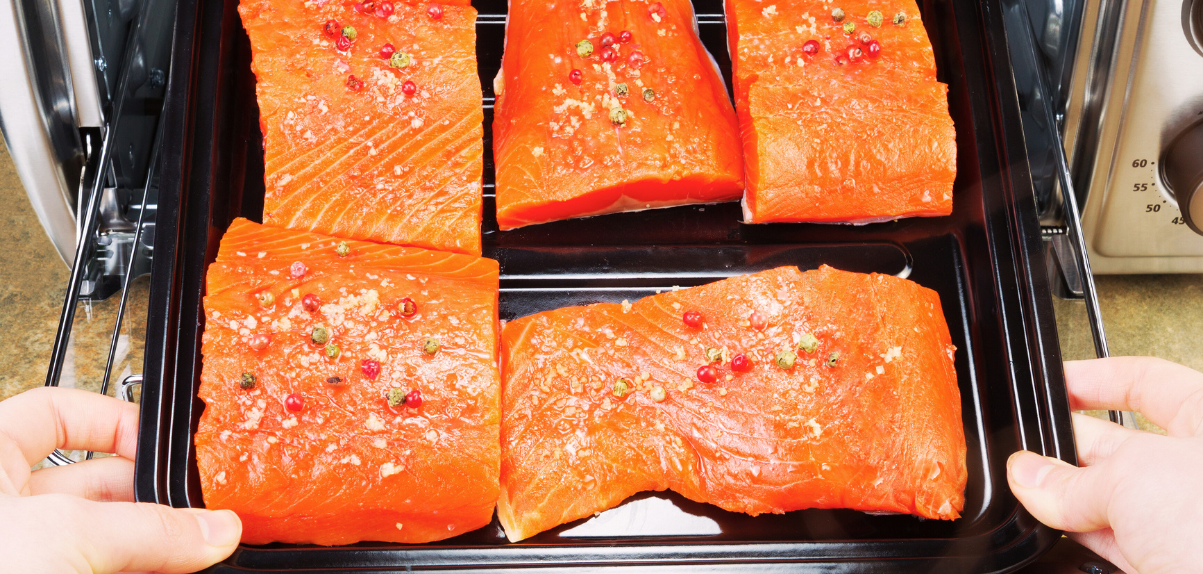The ground Baking salmon in the oven seems like a simple task, but achieving the perfect texture and flavor requires knowledge of the correct techniques and temperatures. Experts agree that the ideal temperature to cook salmon is 425°F (218°C). This high temperature ensures that the salmon cooks quickly, keeping the inside juicy while the outside gets a slightly crispy texture. This results in a buttery, melt-in-your-mouth experience that you can achieve in just 10 minutes. Even salmon fillets with a thickness of 2.5 cm become wonderfully tender within a short time.
Content:
Preparation: 'Less is More!'
The art of preparing salmon lies in the simplicity of the method. The advice is to bake the salmon uncovered, so that the heat acts directly on the meat without barriers. Start by lightly rubbing the fillets with a quality oil, such as olive oil, and then season generously with salt and freshly ground black pepper. These basic ingredients enhance the natural flavor of the salmon without overpowering it. Place the salmon skin side down directly on the baking tray or in a roasting tin, which ensures even cooking and a crispy skin.

Timing and Oven Setting
The cooking time for salmon is crucial and depends on the thickness of the fillets. At an oven setting of 218 degrees Fahrenheit, it is recommended to bake the salmon for 4 to 6 minutes per half inch of thickness. This means that a standard fillet about an inch thick should be ready in 8 to 12 minutes. Start checking doneness around the 8-minute mark; the salmon is perfect when it flakes easily with a fork and the meat inside is opaque and juicy.
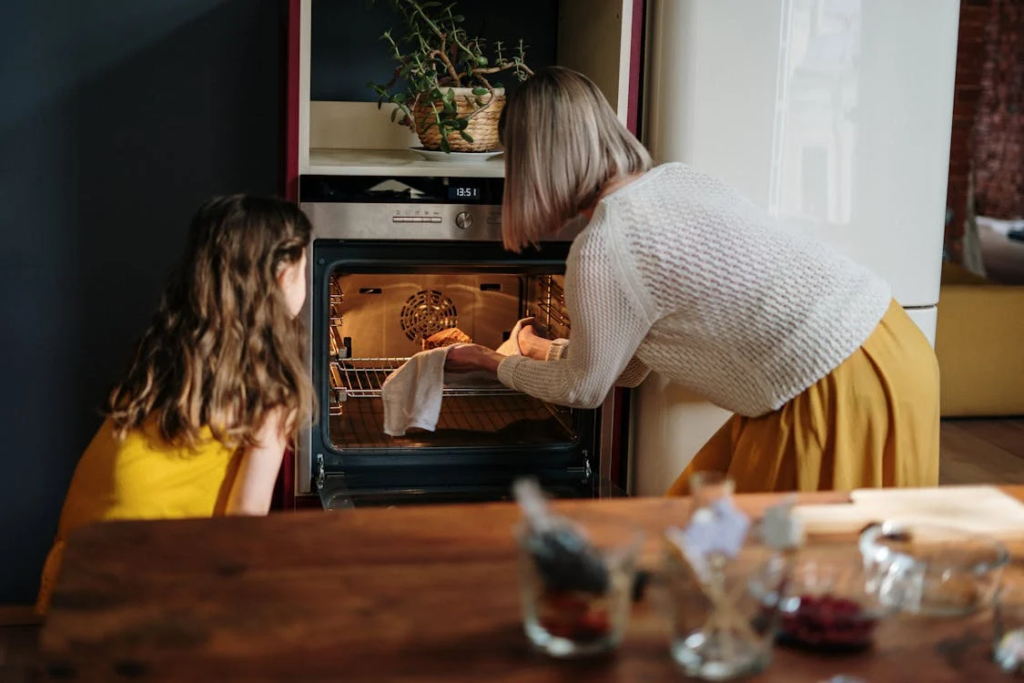
Choosing the Right Salmon
The choice of salmon has a significant impact on the end result. It is essential to buy fresh, high-quality salmon, ideally from sustainable fisheries. There are organizations that can provide advice on which salmon is best to buy, depending on season and availability. Ranging from the rich, fatty textures of Chinook (King) salmon to the milder tasting Pink of Chum (Keta), the choice of salmon can be tailored to personal taste preferences and the dish you want to create.

Serving Suggestions and Combinations
Salmon is a versatile fish that pairs well with a wide range of side dishes and herbs:
- Starchy side dishes: such as roasted potatoes, wild rice or a creamy polenta.
- Vegetables: ranging from gently stewed spinach to roasted asparagus or a fresh salad.
- Spices and sauces: a scoop of basil pesto, a lemon-dill sauce, or a bold Japanese furikake can beautifully complement the rich flavors of the salmon.

Creative Variations and Special Preparations
Salmon is also ideal for experimenting with different cooking styles and flavors. From simply baked salmon with a pinch of sea salt and a squeeze of lemon juice, to more complicated preparations with maple syrup glazes or a spicy suya mix from African cuisines, salmon can always be served differently and excitingly.
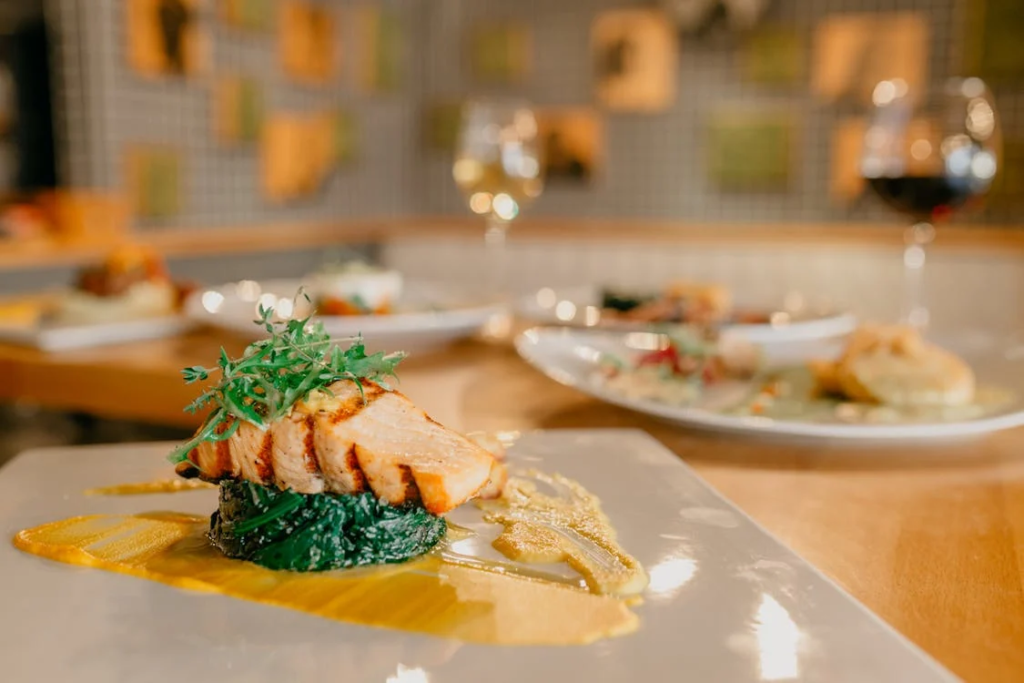
Storage and Leftovers
Proper storage of salmon is important to maintain freshness. Store baked salmon in the refrigerator, wrapped in a glass container to prevent odor transfer, for up to two days after preparation. For longer storage, salmon can be stored in the freezer for up to three months if properly wrapped in plastic and sealed airtight.
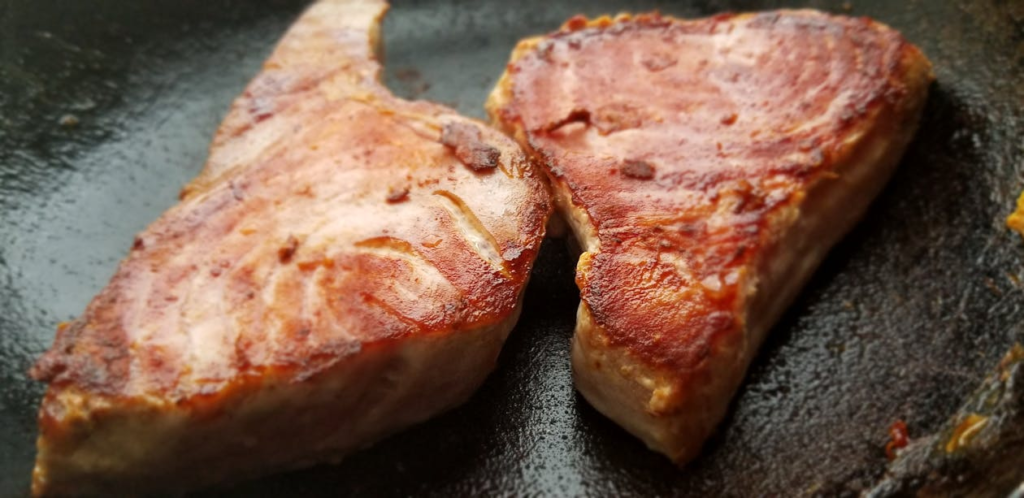
Extensive Preparation Method
- Preheat: Set oven to 425°F and prepare baking sheet.
- Preparing Salmon: Pat dry, rub with oil and herbs.
- Baking: Place the salmon skin side down and cook to perfection.
- To serve: Enjoy the rich flavors with a garnish of your choice.
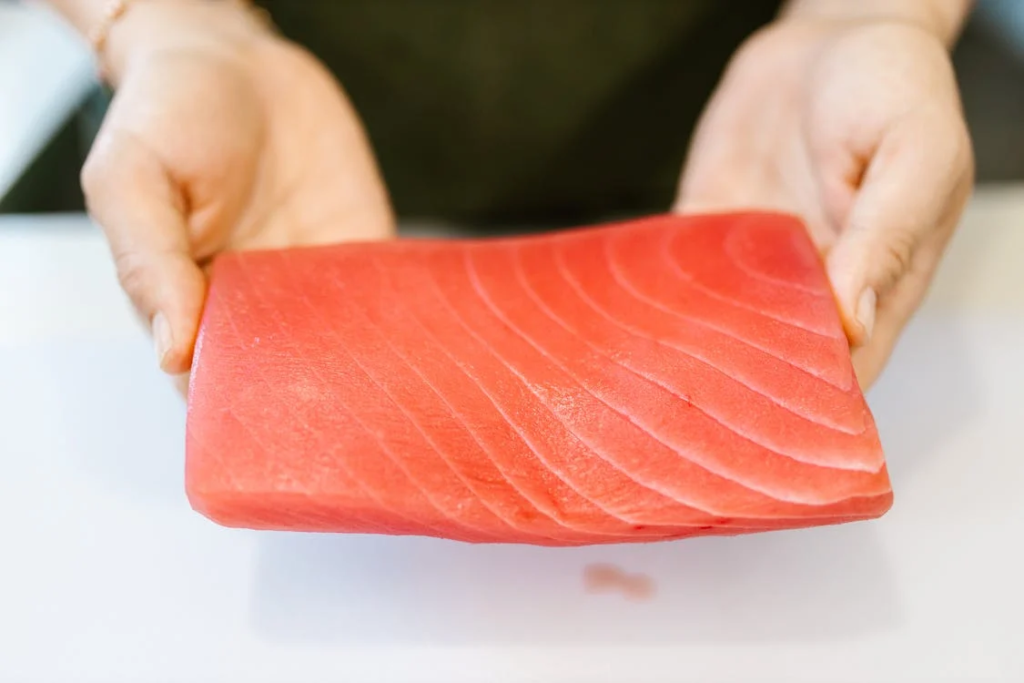
Keypoints:
- Temperature: Cook salmon at 425°F for best results.
- Preparation method: Keep it simple with oil, salt, and pepper.
- Timing: Adjust the cooking time based on the thickness of the fillet.
- Quality: Choose fresh, sustainably caught salmon.
- To serve: Pair with starchy side dishes and fresh vegetables.
- Variety: Experiment with different spices and preparation methods.
Source: Delish.com

